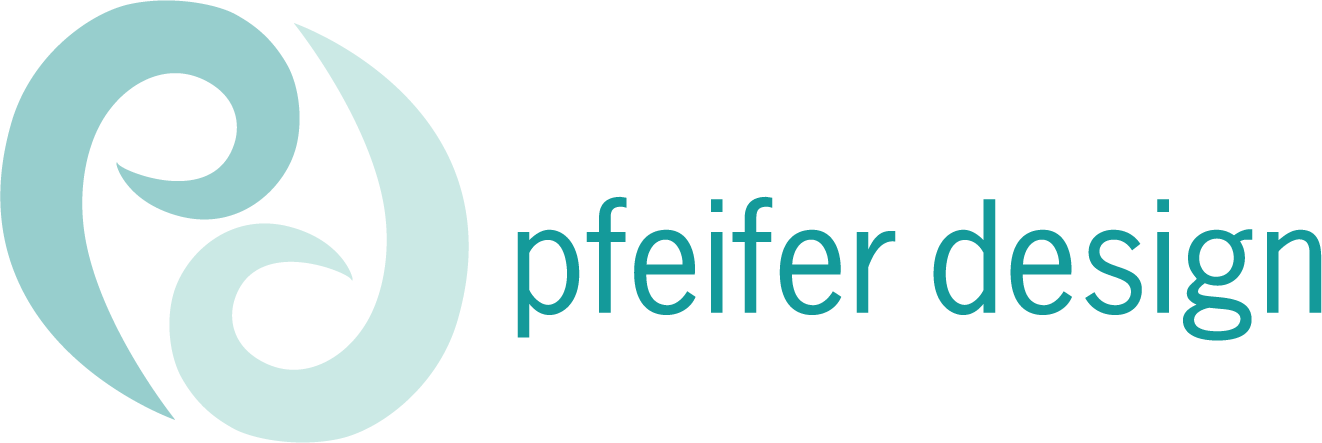DIY Graphic Design Pitfalls, and How to Avoid Them
Hi! I hope you enjoy reading this blog post. If you’re not really up for DIY, and just want to have Pfeifer Design do the work for you, please click here.
In this post, I’m going to talk about DIY design pitfalls 🪤 to avoid 💀, and some practical tips:
It’s often necessary, and doable, to tackle creating your own marketing designs with all the tools and templates available online. While DIY design can seem like a cost-effective solution, it often comes with hidden pitfalls that can affect your brand’s image and effectiveness. Here’s how to avoid them and keep your designs looking sharp.
1. Keep It Clean and Simple
It’s tempting to add as much information as possible, but less is often more. Avoid overcrowding your design with text and images. Stick to the essentials—what do you want your audience to remember? Use plenty of white space to give your content room to breathe and make sure your key message stands out.
2. Stick to Your Brand
Consistency is key when it comes to branding. If you’re using different fonts, colors, or styles across various materials, your brand might start to feel disjointed. Create a simple style guide (bonus points if you remember that from last month!) that outlines your brand’s colors, fonts, and logo usage, and refer to it whenever you’re working on something new.
Use High-Quality Images
Nothing can drag down a design faster than a pixelated or off-brand image. When choosing visuals, make sure they’re high-resolution and relevant to your message. Avoid generic stock photos that don’t add value to your content. Instead, opt for images that feel authentic and aligned with your brand.
4. Prioritize Readability
Your design might look great, but if people can’t read your message, it’s not doing its job. Stick to simple, clean fonts and make sure your text is large enough to be easily read on different devices. Pay attention to color contrast—dark text on a light background is usually easiest to read.
5. Don’t Forget the Facts
Make sure your audience has the key information they need. Include the who, what, when, where, and why clearly in your design, or provide a link/QR code for more detailed information. It’s easy to get caught up in the visuals, but ensuring your audience knows how to take action or get more details is just as important.
6. Focus on the Emotional Impact
Design should look good and communicate your message, but good design should make people feel something. Before you start, think about the emotions you want to evoke. Are you aiming for excitement? Trust? Comfort? Let that guide your choices in color, imagery, and layout.
So take a crack at it- you’ve got this! And just like I learned that DIY-ing my own bathroom renovation was out of my league, it’s also ok to call in a designer when you get stuck - it’s what we do! I’ve created templates for some of my clients, to get them set up with a functional, on-brand design, and then they are able to create their own updated content as needed.
Think you might need some help? Get in touch!
Here’s a blog post where you can read more about Crafting your Marketing Materials with care:


